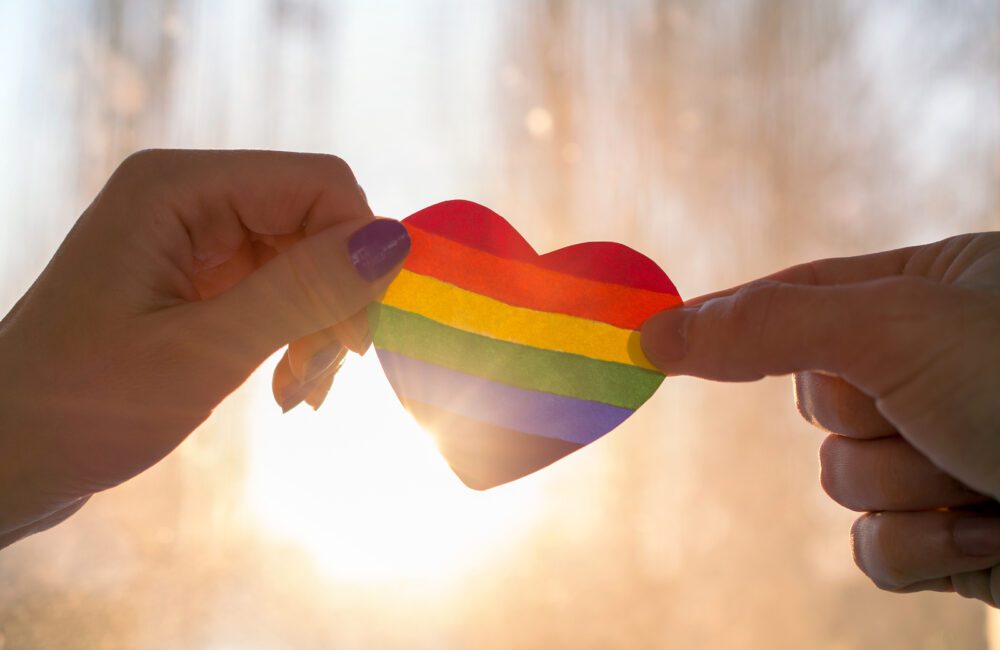Aging isn’t easy for any population. But for people in the LGBTQIA+ community, aging can be a particularly difficult process. Issues ranging from general acceptance in society to mental health problems to family conflicts can all affect their quality of life and access to resources. As we work to expand care for our aging population, it’s important to also consider how marginalized people are most affected. Here are several unique challenges faced by an aging queer population.
Lifelong Discrimination
Much of the Western world has not been kind to LGBTQIA+ people. In the United States, the fight for queer rights is far from over. Many LGBTQIA+ people have experienced a lifetime of discrimination and prejudice due to their sexual orientation or gender identity. For older people, this includes periods when being openly gay, bisexual, or trans was not socially acceptable or legally protected. The impact of this historical trauma can manifest itself in mental health issues. The discrimination of LGBTQIA+ people can lead to internalized homophobia, shame, fractured relationships, and a mistrust of institutions (such as hospitals or legal systems).
The Complexities of Loneliness
As people age, they tend to become more socially isolated. It’s harder to get outside the home due to mobility issues, and their familial support network can dwindle. For older LGBTQIA+ adults, their isolation can be worse. They might be estranged from their biological family due to their queerness or have lost close friends or partners to HIV/AIDS. As we lose more LGBTQIA+-friendly social spaces, such as bars, libraries, and events, older people also lose the opportunity to be part of that community structure.
Healthcare Disparities
Older LGBTQIA+ people often face disparities in healthcare access and quality due to discrimination, lack of queer cultural awareness from healthcare providers, and fears of mistreatment. Many LGBTQIA+ people have avoided going to the doctor due to past negative experiences. Older people (even those who are cisgender and heterosexual) have concerns about being treated with respect and dignity — for the queer population, these fears are even more prevalent. Access to healthcare is also an issue that becomes more dire the longer it goes on.
Trans-Specific Issues
Anti-trans sentiment is rising all over America. While most of the focus is on young people’s access to gender-affirming healthcare and therapy, older trans and non-binary people also struggle with this increasingly hostile climate. Access to affirming healthcare and residential environments such as nursing homes and assisted living is much more difficult for those who are gender-nonconforming. Our national systems meant to support aging people are ill-equipped to care for trans and non-binary elders.
Intersectional Identities
Many members of the LGBTQIA+ community don’t have one all-encompassing identity. Other factors that influence the struggles they face include race, ethnicity, disability status, socioeconomic status, and religion. For those queer elders who have intersectional identities, their difficulties with aging can be compounded. For example, a poor trans person living in a rural area might have more difficulty accessing healthcare due to their trans identity and also be unable to afford adequate care. Living far away from others also makes it harder to form a supportive community.
Are You an Aging Member of the LGBTQIA+ Community?
If you’re feeling unsupported or struggling with access to resources as an older LGBTQIA+ person, therapy can help. A therapist can guide and validate you as you navigate your changing life. In therapy, you’ll find a safe place to explore your emotions, learn how to communicate better with those closest to you, and advocate for yourself.
To find out more about how therapy can help the aging queer population, please reach out to us.

